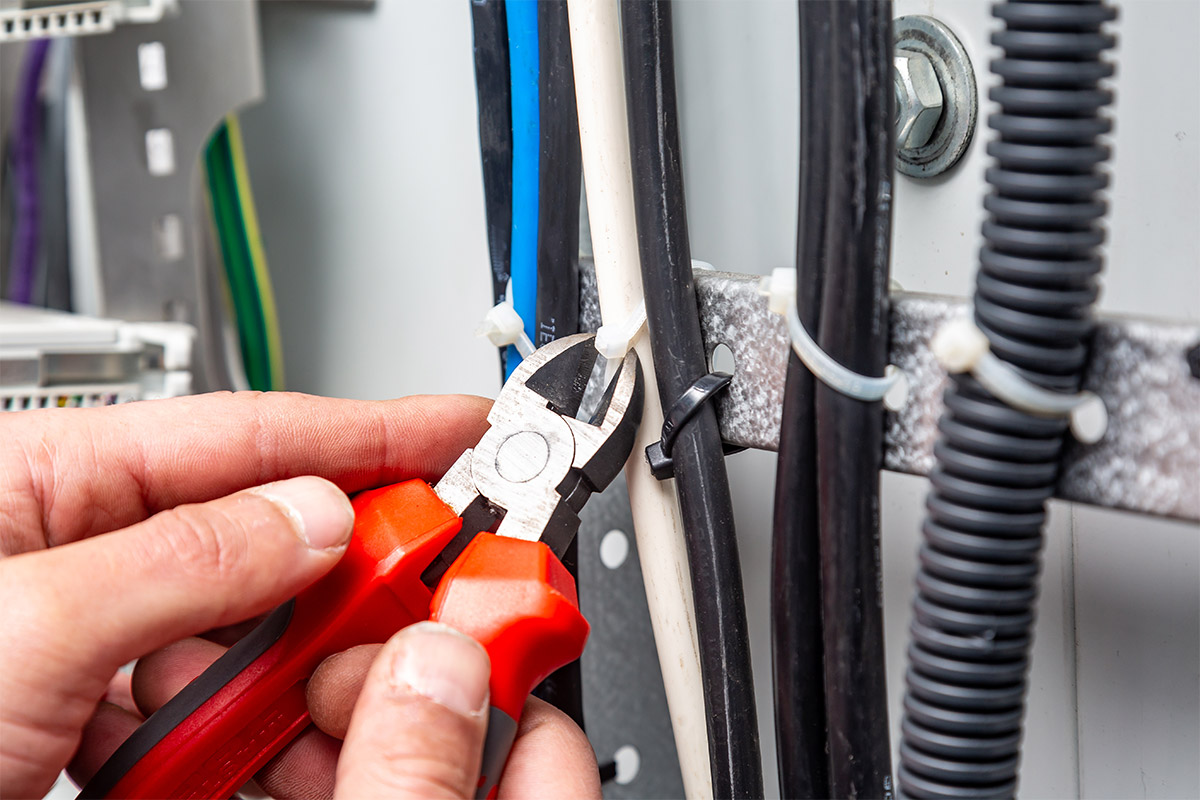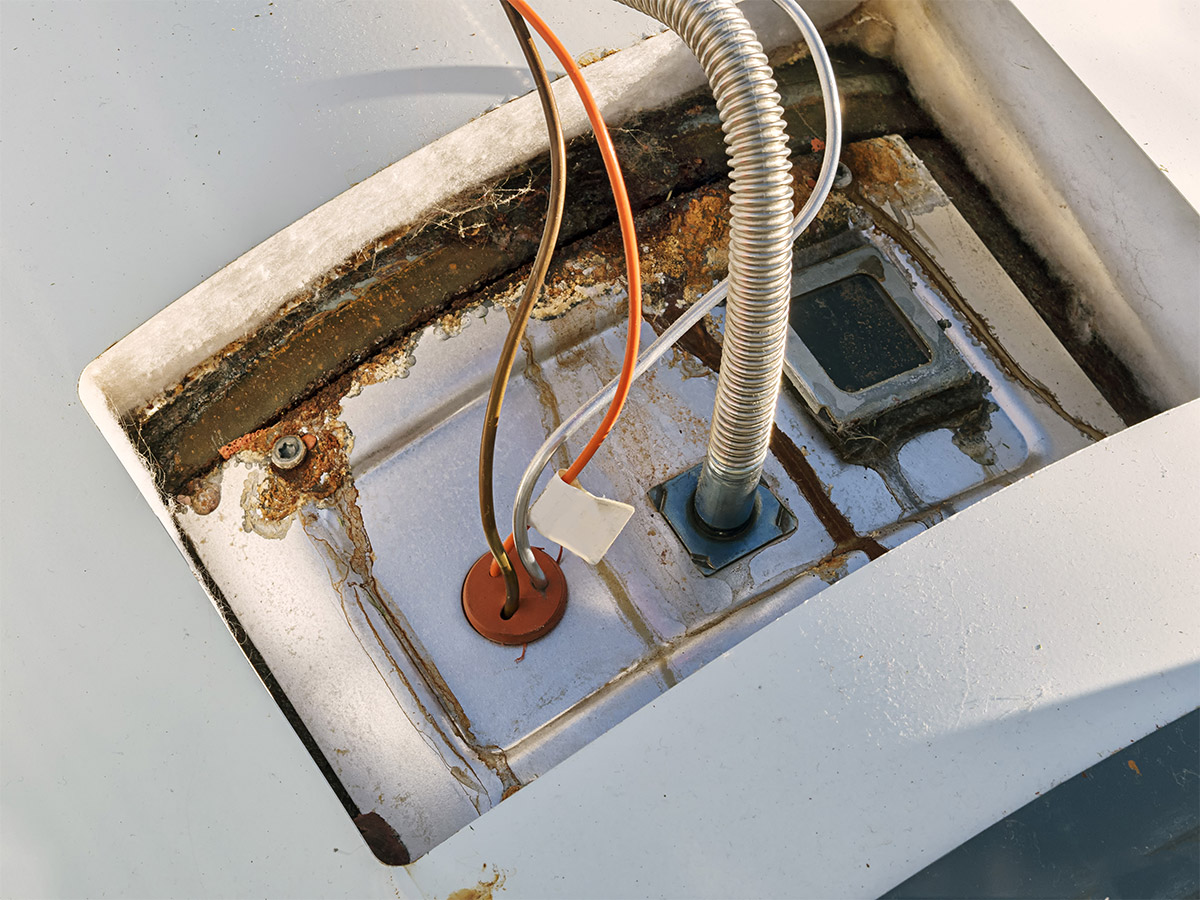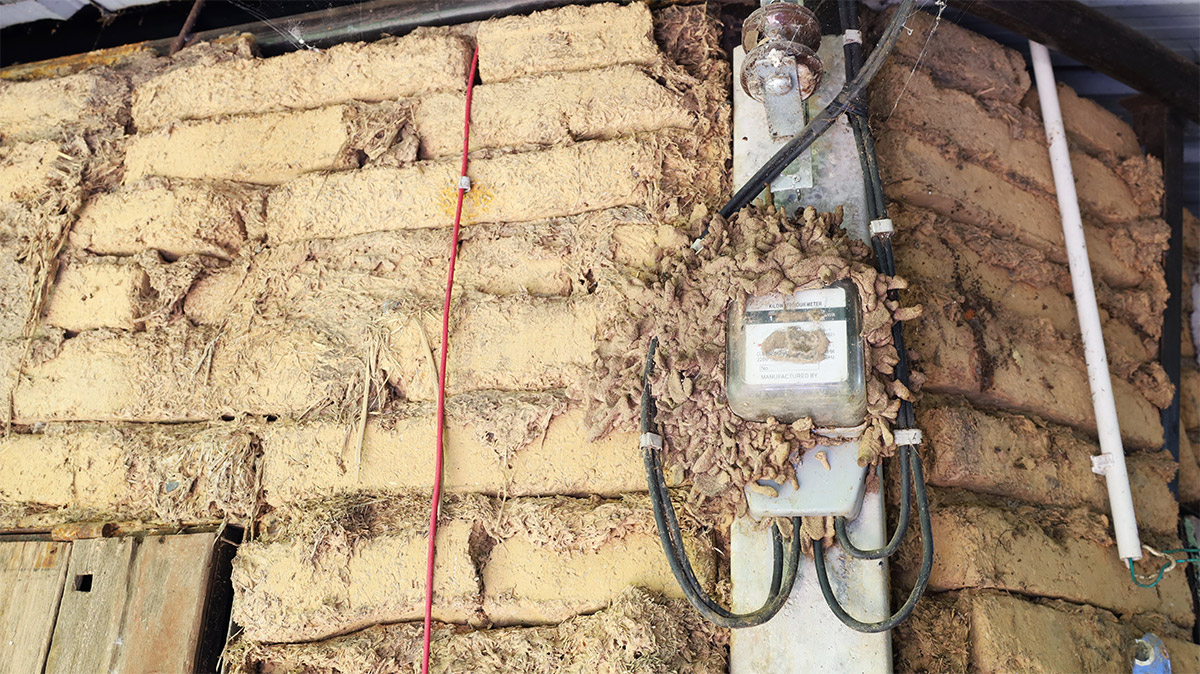
Voltage vs Current electrical safety
- Nov 24 2025
- /
- 91

When buying a new home it is common to get a pre-purchase building and pest inspection. In Queensland the Electrical Safety Office (ESO) is also encouraging pre-purchase electrical inspections to assist buyers to identify if a property is safe and complies with all electrical legislation.
With electrical systems in moist climates like Gold Coast and Brisbane, corrosion can be an issue. As a householder it is often something you cannot address.
More than 80 per cent of Australians live within the coastal zone.
source: http://www.ga.gov.au/ausgeonews/ausgeonews201103/climate.jsp
Dealing with rust and corrosion is a way of life when living near the coast. When something electrical fails it is unlikely you are (legally) able to attempt to fix it.
External rust can be addressed by baking soda or vinegar. Corrosion of internal components is usually a no go zone due to the risks of electrocution.
It is all about prevention. There are some great products to use from simple Vaseline on battery terminals to plastic and rubber friendly 3 in 1 spray. Inox is a good product for anything going in seawater and can be used on car electrical terminals. Inox can cause issues with some plastics or rubbers in long-term use.
Stainless steel conducts electricity, but only about 2–10% as well as copper depending on the grade. This rules it out for many applications.


Enemies of anything metallic - oxidation
Rusting is an oxidation reaction. The iron reacts with water and oxygen to form hydrated iron(III) oxide, which we see as rust.
Your home will have an 'earth stake' in the ground outside, with an earth wire attached. The stake can dissipate a static discharge, such as a lightning strike, directly to earth. You should not remove or tamper with this stake and you should have it checked periodically, especially for corrosion. refer Earthing Your Home
Some homes in Queensland have poles located inside their property boundary that connect to the electricity network. The property owner is responsible for keeping these poles in a safe condition to avoid an electrical incident or fire.
Over time, poles are prone to deterioration. The base of poles may rot, rust or be affected by termites, leading to a serious situation. Signs of deterioration may include:
Termites have a diet of wood. Specifically the cellulose contained in wood. Termite mud trails can cause issues. There are examples of termite trails (mud) in light switches, causing flickering lights or shorting of the electrical system. The mud is moist especially when first created.

Most homes in Brisbane need to be protected by a termite barrier due to the climate being conducive to termite colonies.
Termites with their strong mandibles can attack a cable if there is a food source nearby. They look for a weak spot like a bend or small tear or sharp edge. Termites will continue until the protective sheaf is destroyed. This presents the opportunity for a short-circuit. Rigid PVC and other modern cable protections have a higher resistance to termite attack. There have been reports even silicone has been eaten by termites.










Check out our amazing 9 STAR QUALITY GUARANTEE